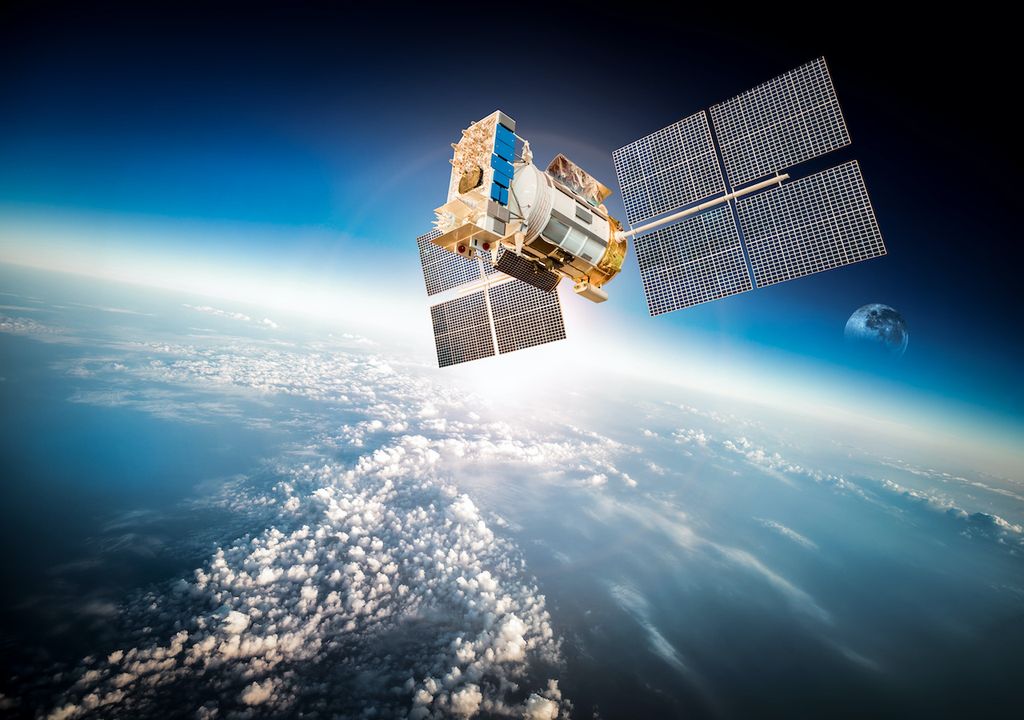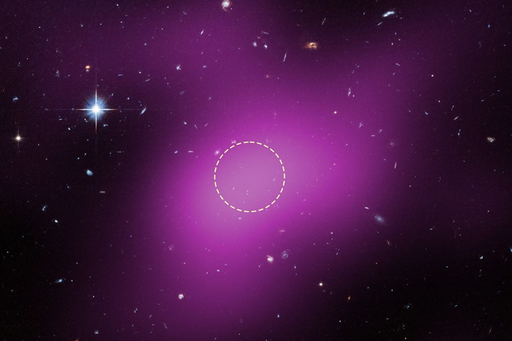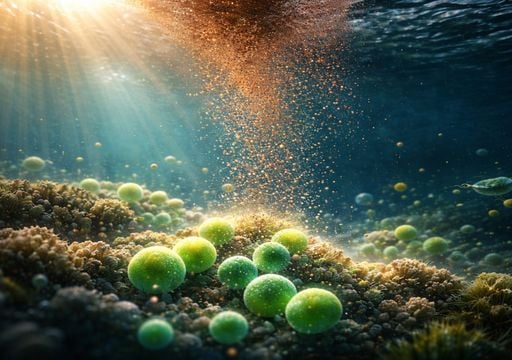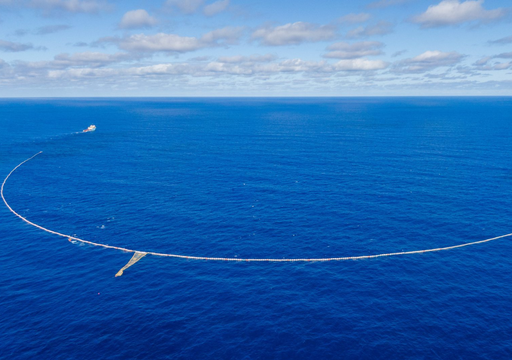Spacecraft may “pollute” the stratosphere and alter climate
Aircraft-based research identifies artificial metals in the stratosphere, thought to be from the return of spacecraft and satellites in the atmosphere.

The stratosphere is one of the most remote parts of the planet. It was once thought to be a pristine part of the atmosphere, but now appears to have the presence of metal materials made by humans.
Purdue University scientists detected unprecedented levels of alloy aerosols in the stratosphere through their aeroplane-based research. The significant amounts found are likely to be from increasingly frequent launches and returns of spacecraft and satellites.
This raises some concern over the continued introduction of spacecraft, as more low Earth orbit satellites are expected to be introduced in the near future. It has even been projected that by 2030, there could be as many as 50,000 satellites circulating in orbit.
Spacecraft and satellite metals
The team used tools attached to the nose cone of their research planes, sampling over 11 miles above the planet’s surface, and published their results in the Proceedings of the National Academy of Sciences journal.
Airplane-based research more than 11 miles above Earths surface detects unprecedented levels of alloy aerosols in the atmosphere. #Purdue @NOAA https://t.co/AzwAR96naq
— Purdue University (@LifeAtPurdue) October 17, 2023
The publication shows that vaporised metals derived from the re-entry of spacecraft can be measured from sulfuric acid particles. Over 20 elements were identified that were characteristic of alloys used in spacecraft.
The measurements show that in the stratosphere, about 10% of aerosols (particles suspended in the air) contain man-made metals which came from the “burning up” of satellites and rocket parts. These metals included aluminium, lithium, copper and lead.
When a used satellite or rocket body returns to Earth, during re-entry, the object could burn up or return to Earth’s surface (usually in a controlled process by engineers). Previous investigations of how objects in Space re-enter the atmosphere tended to focus on the hazards of surviving objects returning to Earth's surface, rather than the metals that condense into aerosols.

When defunct satellites and used rocket bodies re-enter the atmosphere, they can give off metals that vaporise into aerosols, this research highlights.
Continued contamination
Black carbon, from the burning of fossil fuels and foliage, is another example of artificial aerosol particles that contaminate the atmosphere. Just like atmospheric carbon worsens global warming, metal aerosol particles could also lead to negative impacts for climate change in various ways.
As human activity in Space develops in the coming decades, we could expect to see more artificial metals introduced into the stratosphere. We may think that metal aerosols in the stratosphere cannot cause any problems back here on the surface of Earth, but there can be far reaching implications for Earth’s atmospheric system and climate change.








